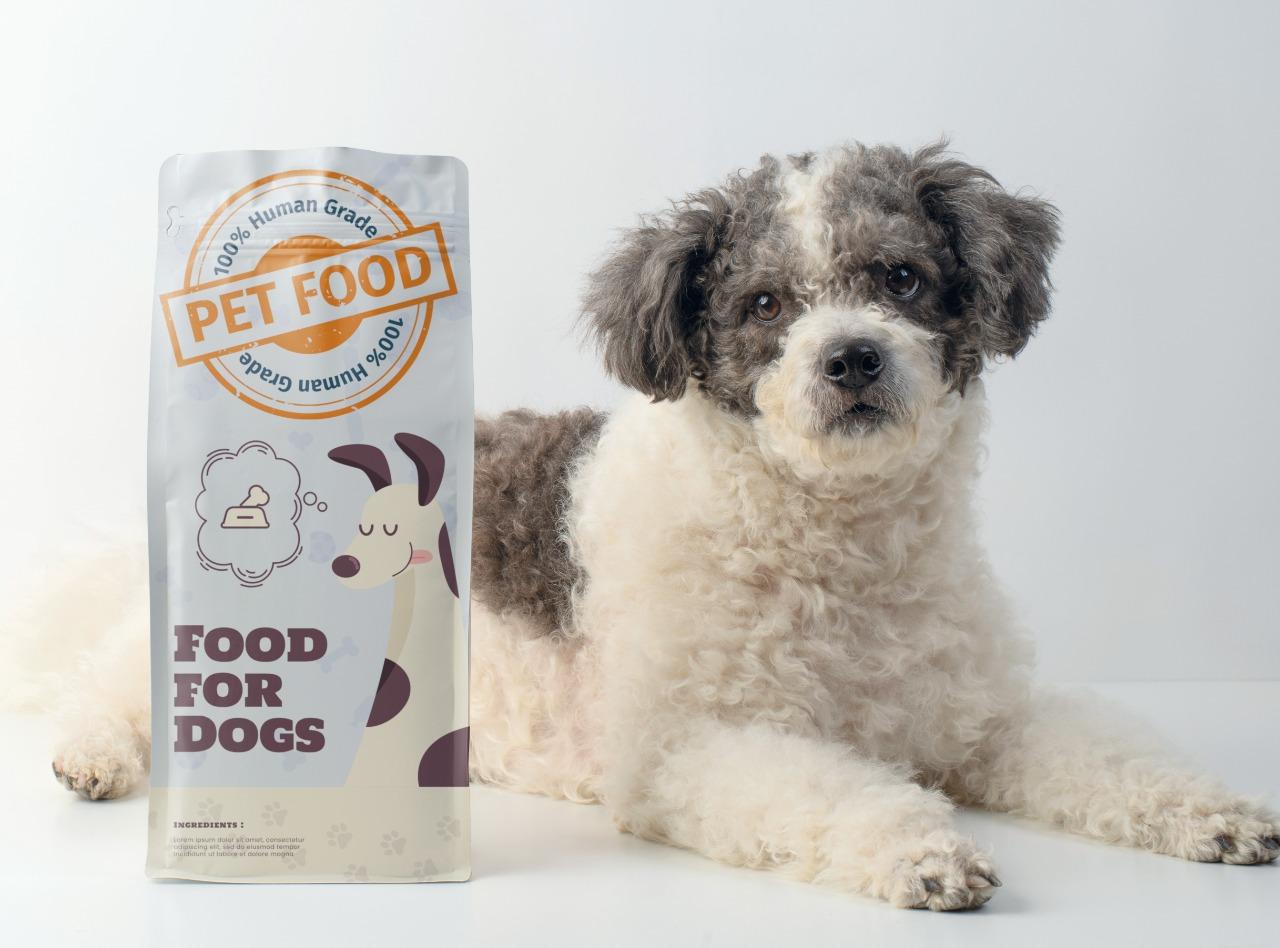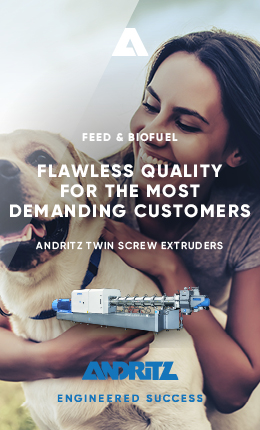AAFCO (Association of American Feed Control Officials) makes it very clear the term Human-grade is not edible for humans and that it´s closely related to the conditions in which they are manufactured, the packaging used and that the raw materials are very close to federal regulations for the production of food for human consumption. The organization also emphasizes that not everything that a human consumes is safe for your pet.
First of all, it´s important to understand the real meaning of humanization in pets, and this is closely related to the natural expression and as a permanent trend that our pets today are considered members of our family. Also their owners already treat their pets as children and consequently, we humans are increasingly receptive to using products for our PETs similar to those we use for ourselves. This consumer profile, which is growing absurdly, is looking for premium, high-quality products, which are healthy, highly nutritious and improve the living conditions of their pets.
I personally compare human-grade PET foods to electric cars. Although the value of electric cars is high, there are consumers who pay for these kind of vehicles. Most manufacturers in this category of vehicles are expanding, to the point that almost all brands already produce electric cars and prices are becoming more competitive and accessible because there´s more supply and demand is growing steadily .
For human-grade PET food it´s the same, there are few companies that produce it and its prices are not cheap at all, but it´s expected that industries in the sector take a close look to these opportunities, and many are already investing in conditioning their factories to produce pet foods as if it were human food. North America is responsible for almost 50% of world sales of 100% human grade pet food and this is largely due to the fact this market was driven by the expansion of consumer knowledge about the positive influence on the health of their pets.
When we talk about pet food, just two categories of food quickly come to my mind: Dry extruded food and Treats (wet, semi-moist, dehydrated, freeze-dried, cookies, dental, etc). When we refer to dry extruded foods, we highlight extruders, dryers, counter-flow coolers, grinding mills and coating systems for liquids.
Now, when we talk about treats, the picture changes in a great extend. I recommend that, if you are going to produce treats, it´s better to start by choosing the types of products you are going to produce instead of choosing the machines first, otherwise, you´ll have to adapt to what the machines do, and not always it´s exactly what you want to produce, or what the market request. The machines, processes, raw materials and even formats in treats, varied and new products appear every day. In dry pet food there is not much variation.
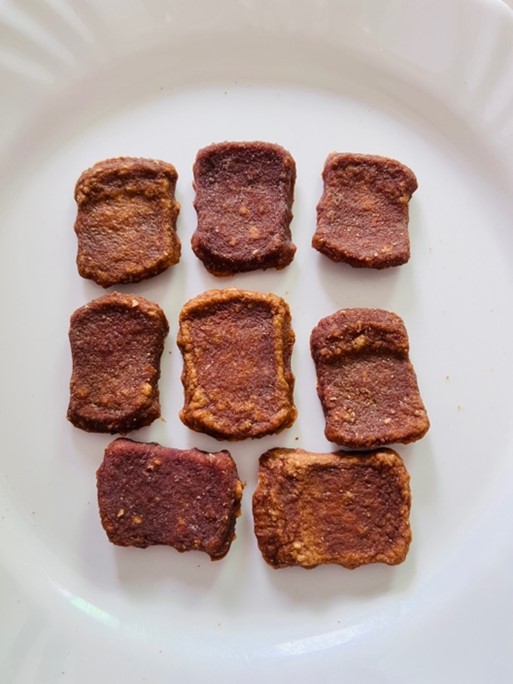
Mini Jerky based on salmon (50%) protein
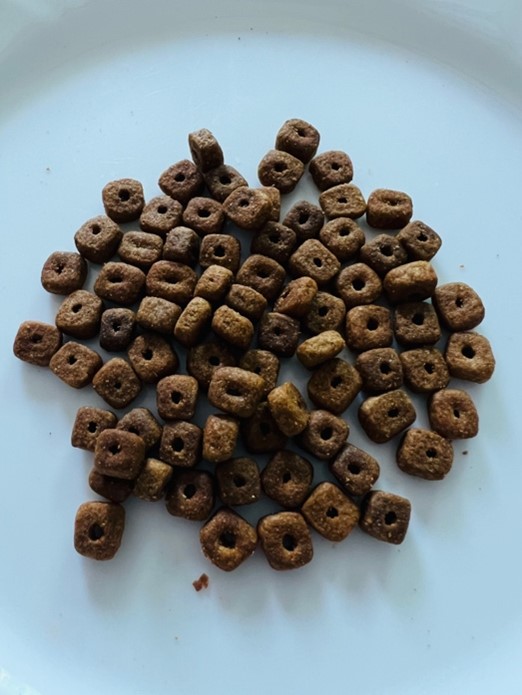
Cat food using fresh meat (45% protein) – produced in twin screw extruder
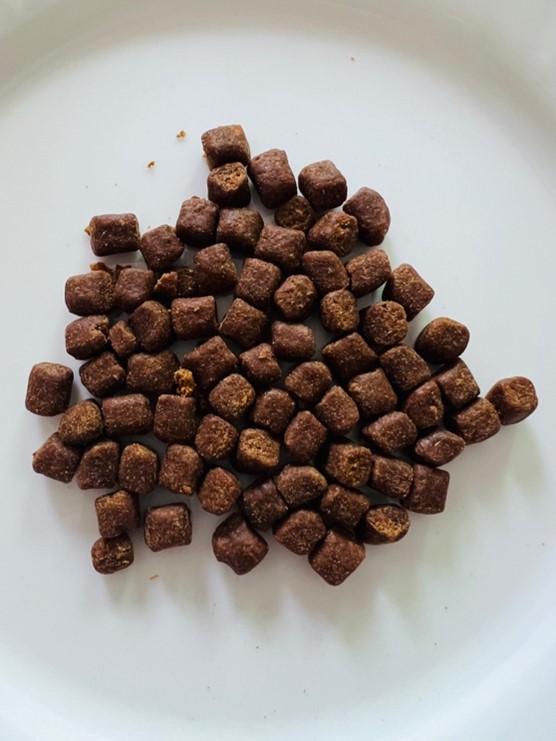
Soft Treats with 85% meat - Human-grade quality
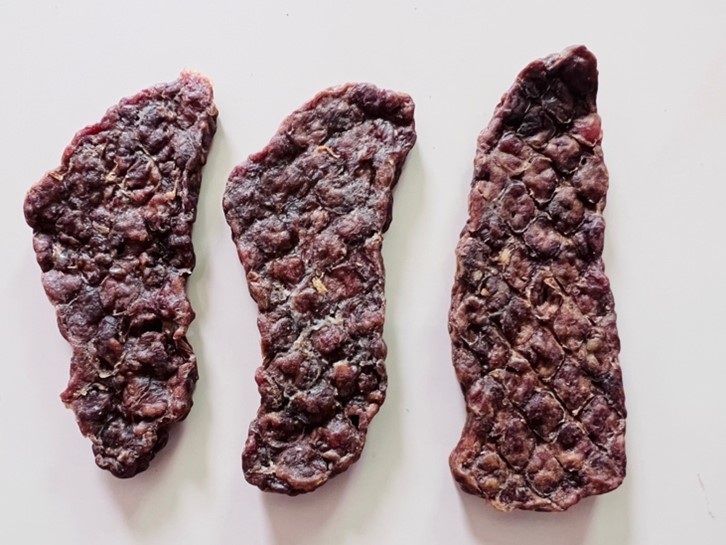
Treats 100% Human-grade – Jerky 100% beef
To produce human-grade pet food, one of the main characteristics is to use fresh raw materials and this means their shelf life is shorter. Dry extruded foods usually last around 12 months. Starting from this point, it´s already a challenge to offer the market a product (without preservatives) with a shorter shelf life. Another challenge to produce human-grade food is to develop an adequate facility to process certain raw materials, even more so if they are fresh and have a high percentage of moisture.
In the United States, there are few companies that have been approved by FDA (Food and Drug Administration) and that their facilities comply with the human grade process. This means for industrial pet food factories, using the term Human-Grade on their packaging is not for everyone.
If you still have no idea of what a pet food factory dealing with human-grade pet Food would look like, think of a sausage factory where there are stainless steel mixers, industrial cold chambers for meat blocks, stainless steel emulsifiers, shiny floors, all employees with gloves and face masks, stainless steel bench tables for handling products, low ceiling, stainless steel packaging and transport system, etc. Above this, you have to check if the ingredients used are human grade. Many companies buy raw materials with Human-grade and GAP (Global Animal Partnership) certifications.
The challenges don´t end there, achieving good palatability with fresh food is not easy. When we make dry extruded foods, we have endless enhancers that enhance flavors and aromas, but when we talk about human quality, this is already ruled out because it automatically loses its human quality essence. And, last but not least, the packaging and labeling system at a human quality level.
For this reason, FDA has gone so far as to list humane-grade pet food requirements within its Code of Federal Regulations (21 CFR – Title 117). Perhaps now, we can better understand why the United States accounts for nearly 50% of all human-grade PET food produced globally.
Apart from this, the government bodies are so demanding that, in a certain way, they have transformed these companies into factories that really offer a high quality food and there is no doubt pets receive a super nutritious food and that improves their health. I believe the most important thing is the local consumer has realized the pet food industry has been revolutionized and today brings a high quality product. Recently, I´ve visited several supermarkets and pet shops in the United States, and in all the points of sale, I have found a wide variety of human-grade pet foods that vary between 08 to 40 dollars.
But the question that we ask ourselves now, despite the fact that the path outlined is not easy at all, why do we need to produce human-grade pet food? The answer is, demand is increasing, pet owners are looking for this and can pay for it.
Applying this to our reality, we realize that in our countries we don´t have these governmental bodies that require us and determine how to make human grade pet food, and even more, place 100% human grade food in the packaging, or that the raw materials are in the condition of human consumption. If companies want to choose to produce this type of product, it´s essential to highlight the following principles: Transparency, honesty and commitment to animal health.
If the industry takes a decision to produce much more premium foods, you can start with producing extruded fresh meat based foods using twin screw extruders. In this sense you´ll be familiar at working with blocks of frozen meat, which is later grinded, emulsified and injected into the preconditioner of the extruder. The percentages of meat can vary from 25 to 70%, and depending on the extruder you can that increase that percentage. Functional or natural ingredients such as fruits, vegetables, whole grains, glucosamine, prebiotics and probiotics are already part of human-grade foods.
Many dehydrate fruits and vegetables are grinded and use it as part of ingredients in formulations. Despite the fact very small amounts of these raw materials are still used, the marketing department places great emphasis on this and places a certain emphasis on such functional ingredients in its packaging. Again, here you already start to get familiar with using other types of ingredients. These ingredients can also be used in treats or snacks for dogs and cats. Dehydrated and freeze-dried foods are gaining more and more prominence in these categories and it can be said they are human grade food. We can´t leave behind Puree Cat Food, a kind of food cats love.
I consider it´s very hard to adapt a dry pet food extrusion factory and transform it into a human grade pet food plant . The ideal would be to start a project fromthe very begining, thinking about new conditioned environments and take into consideration all the points that I ´ve stated in this feature.
Personally, I would call this "Sustainable Innovation Disruption" because we are going to produce a better performing product to sell it with more benefits to our best customers. Take into account maintaining innovation is a strategy widely used by companies already successful. This success is not so easy to keep and only those who apply Disruptive Innovation can achieve it. Keping a disruptive mentality in the pet food market means aiming to create good products who attracts customers in low-cost market segments and new markets (Low-end and New market), which can´t affect customers who pay for premium food or who expect better quality.
Fuente: Oscar Diez
You could be interested: Common black fly larvae added to list of alternative protein source in animal feed











